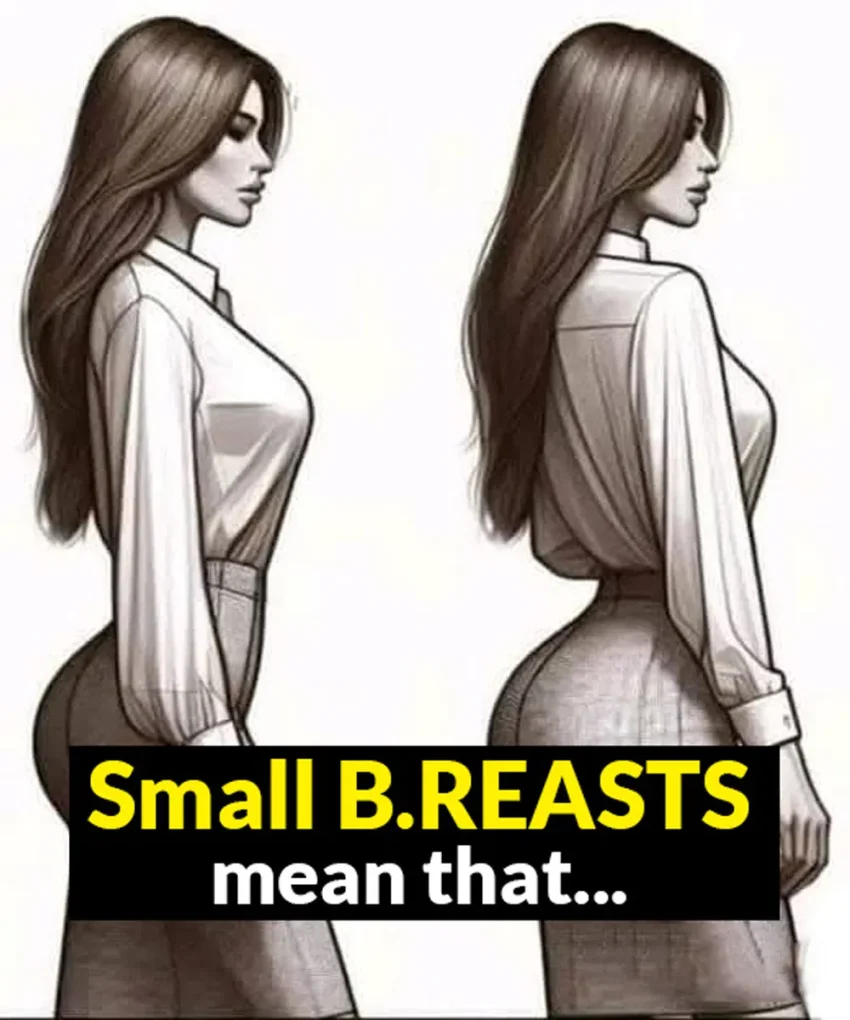It’s normal to wonder where you belong in in a world full with beauty standards that seem to change all the time. You’re not alone if you’ve ever been self-conscious or worried about having small breasts. The truth is that, like every other part of our bodies, breast size varies widely from person to person. Additionally, petite breasts provide certain benefits that are frequently overlooked.
Let’s talk about the true meaning of having small breasts and why you might want to celebrate them more than you may realise.
Proportion is more important in determining breast size than cup measures alone. Breast perception is influenced by a number of factors, including body composition, height, shoulder breadth, and even cultural norms. Nevertheless, sizes under 85 cm (measured by bust circumference) are usually classified as small, whereas those beyond 100 cm may be regarded as large.
However, current fashions are shifting towards natural beauty and away from rigid size standards. In actuality, petite breasts are not only tolerated but frequently praised in contemporary media, fashion, and health circles.

The benefits of having a smaller bust are sometimes overlooked, particularly in a culture that has historically valued larger bodies. However, having tiny breasts has practical, real advantages that extend beyond fashion to general comfort and well-being.
Because of the continual weight, women with bigger breasts frequently experience chronic shoulder, neck, and back pain. A major long-term benefit of having small breasts is that they significantly lessen the tension on your spine, which improves posture and reduces discomfort.
Smaller breasts are less likely to sag with age, but gravity spares no one. As you age, you may need fewer support garments or correction operations because they tend to hold their firmness and shape for a longer period of time.
With reduced breasts, running, yoga, and dance are all much more comfortable and uninhibited. Exercise may become more accessible and pleasurable if you discover that you require less support or speciality sports bras.
Smaller breasts can facilitate regular screenings and self-examinations from a health perspective. Less adipose tissue makes it easier for medical professionals to spot anomalies during examinations, potentially resulting in the early identification of possible problems like breast cancer.
Without the necessity for elaborate undergarments, small breasts allow for a greater range of fashion options, such as plunging necklines and braless styles. Clothes fit more naturally and need less adjusting during the day, according to many women.
In the end, body acceptance and self-confidence are far more important than numbers or cup sizes. Beauty standards fluctuate, but it’s always in style to embrace who you are and learn to appreciate your natural body.
Like their owners, women with little breasts are powerful, attractive, and useful.
